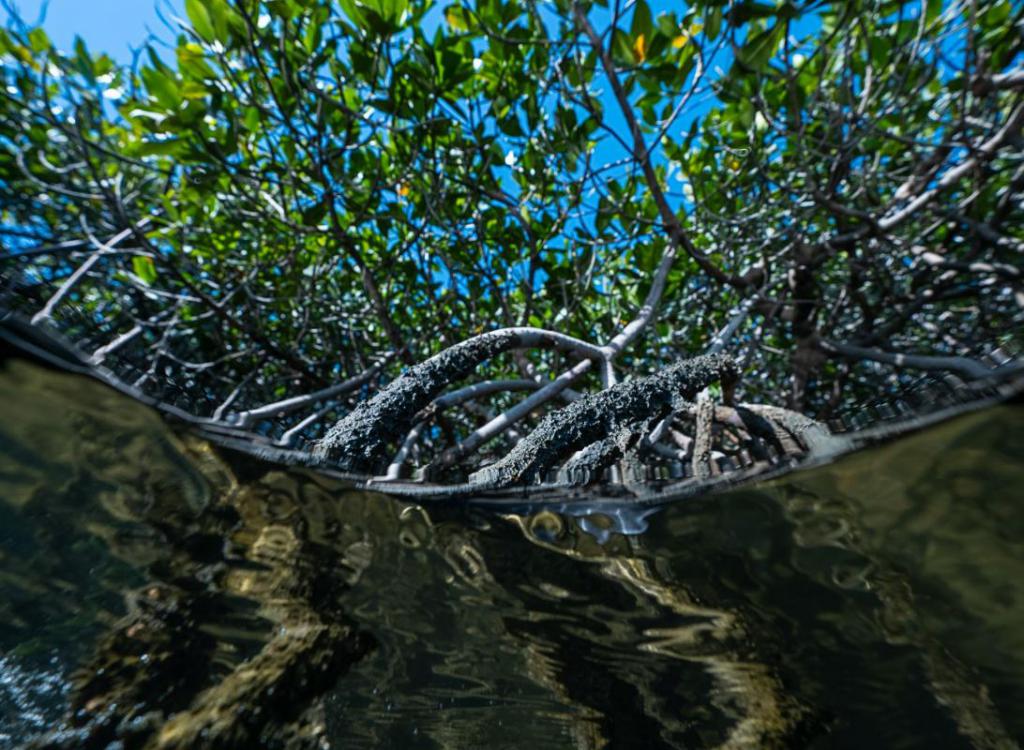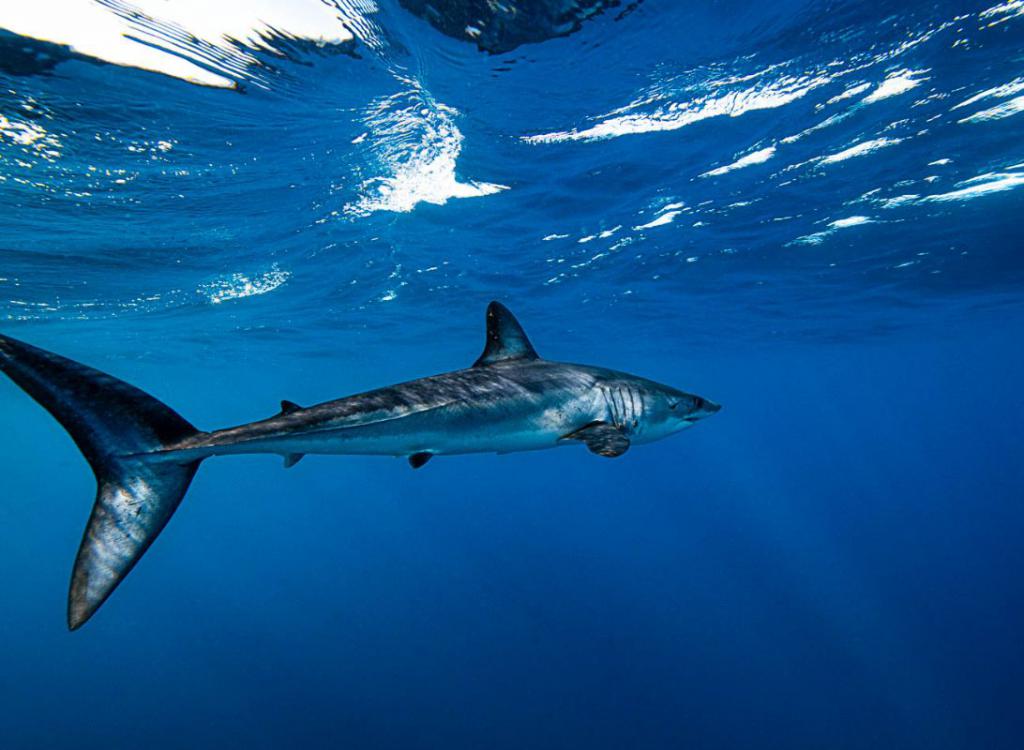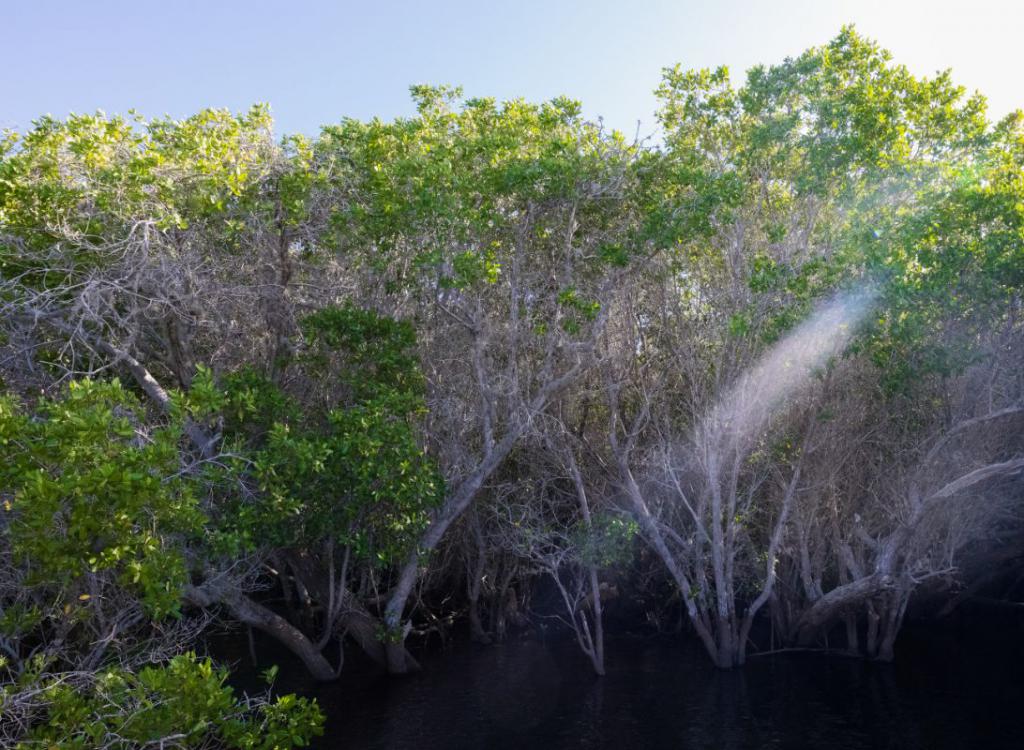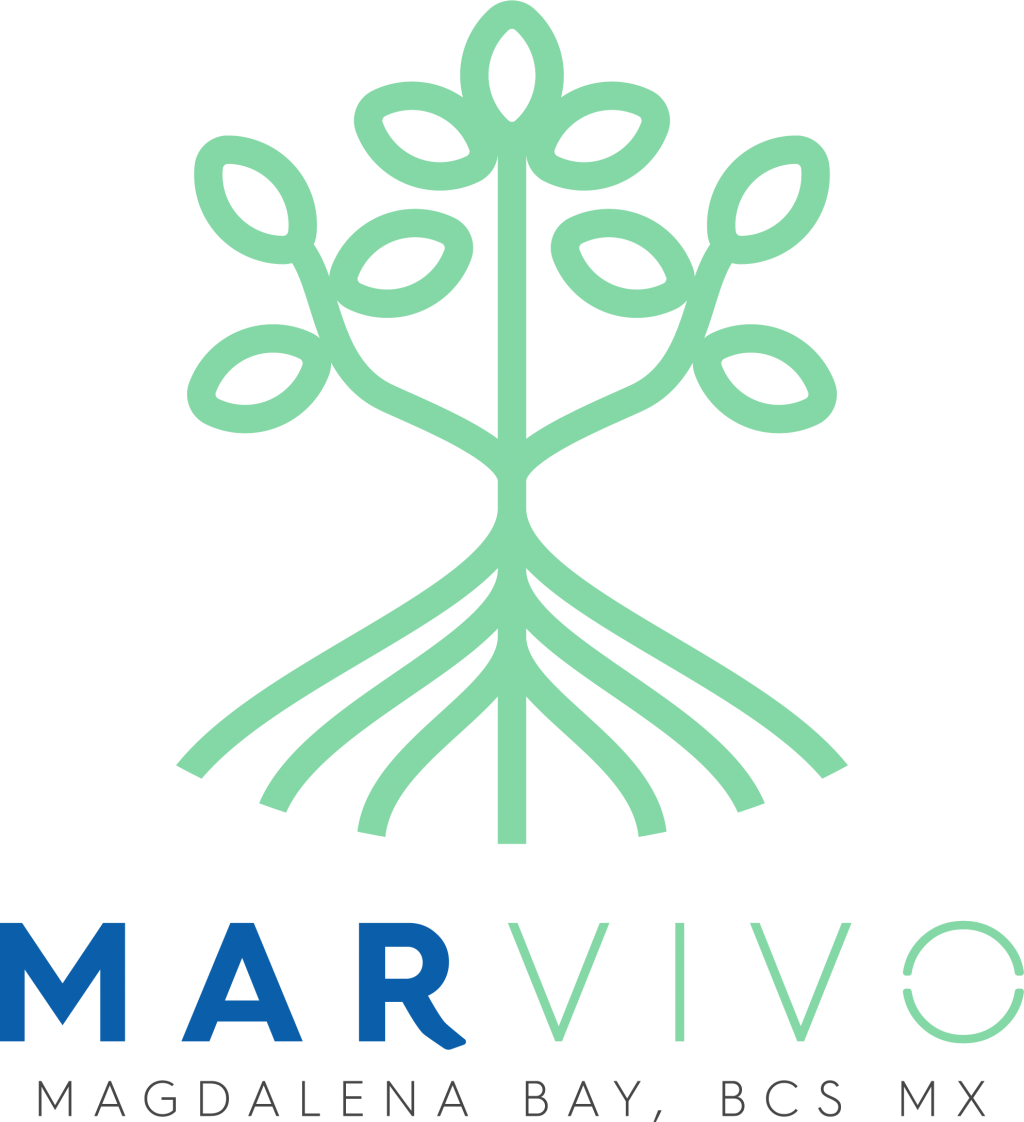Magdalena Bay Blue Carbon
Overview
The Magdalena Bay Blue Carbon project, situated in Magdalena Bay in Baja California Sur, Mexico, is being developed by Fundación MarVivo Mexico, A.C. and MarVivo Corporation (“MarVivo”). Magdalena Bay is home to Baja’s largest mangrove forest creating a unique ecosystem known for its pristine habitat and incredible biodiversity. The project is devoted to the preservation and sustainable management of ~15,000 hectares. Blue carbon refers to carbon stored in coastal and marine ecosystems, which are highly efficient at sequestering and storing carbon. The project also aims to promote wildlife conservation and create programs to improve the livelihood of local communities.
In the third quarter of 2024, Fundación MarVivo Mexico, A.C. and MarVivo delivered a notice of intent to abandon the project (the “Notice of Abandonment”). Pursuant to the Notice of Abandonment, MarVivo claims that the failure to transfer the concession rights from the SEMARNAT, Mexico’s environment ministry, to the jurisdiction of CONANP, Mexico’s National Commission for Protected Natural Areas, constitutes an event of force majeure and that it is no longer economical to develop or continue to operate the project. The Company’s position is that an abandonment of the project would constitute a breach of the terms of the Magdalena Bay Blue Carbon Stream. The Company has notified MarVivo that it rejects the assertion that the failure to transfer the concession rights constitutes an event of force majeure and that if MarVivo abandons the project or takes steps to wind-down, this will amount to a breach of the terms of the Magdalena Bay Blue Carbon Stream. Investors are urged to review the section of the Company’s management’s discussion and analysis for the three and nine months ended September 30, 2024 dated as of November 12, 2024 entitled “Overview of Carbon Credit Streaming and Royalty Agreements – Magdelena Bay Blue Caron Stream” and the section of the Company’s Annual Information Form dated as of March 27, 2024 entitled “Risk Factors” copies of which are available on SEDAR+ at www.sedarplus.ca.
Impact Highlights

Conserving Mangroves
The Magdalena Bay Blue Carbon project aims to prevent significant deforestation of mangroves due to shrimp farming, which has occurred in the nearby area. Blue carbon ecosystems are major sources for sequestering and storing carbon. Studies suggest mangroves and coastal wetlands annually sequester carbon at a rate 10 times greater than mature tropical forests. They also tend to store carbon for a longer period of time as much of the carbon is stored below water in organic-rich sediment or peat.

Protecting Biodiversity
Magdalena Bay’s abundance of mangrove forests shelters unique biodiversity, which includes multiple species listed on the IUCN Red List. Its unique temperature fluctuations attract an abundance of marine life including sharks, whales, turtles and seals. Magdalena Bay is frequented by many species of sharks including mako sharks, blue sharks, hammerhead sharks and silky sharks, all of which are endangered.

Improving Livelihoods
A portion of the revenue from the sale of carbon credits will support projects in local communities designed to increase community well-being and create new economic opportunities like ecotourism. The intent is to displace the shrimp farming that is occurring in the area surrounding the project, which has led to high rates of mangrove deforestation.
Carbon Credits
The Magdalena Bay Blue Carbon project is expected to generate approximately 25 million blue carbon credits over its 30-year project life (averaging approximately 0.74 million carbon credits per annum). A portion of the revenue from the sale of the carbon credits will flow back to MarVivo Corporation (the project partner), the project and the local communities.
Key Attributes
Project Type
Avoidance / Reduction
Project Category
REDD+ Blue Carbon
Standard Body
Verra (VCS) expected
Additional Accreditations
CCB & SD VISta expected
Number of UN SDGs
8 targeted
Project Partners

The Magdalena Bay Blue Carbon project is being developed by Fundación MarVivo Mexico, A.C. and MarVivo Corporation in partnership with Mexico’s National Commission for Protected Natural Areas (CONANP). The local communities of San Carlos (population of approximately 5,000) and Lopez Mateos (population of approximately 3,000) are also stakeholders involved in the project. Project partners, government partners, CONANP and local communities have committed to preserve the area due to its unique nature and further efforts to help facilitate conservation and development of ecotourism.